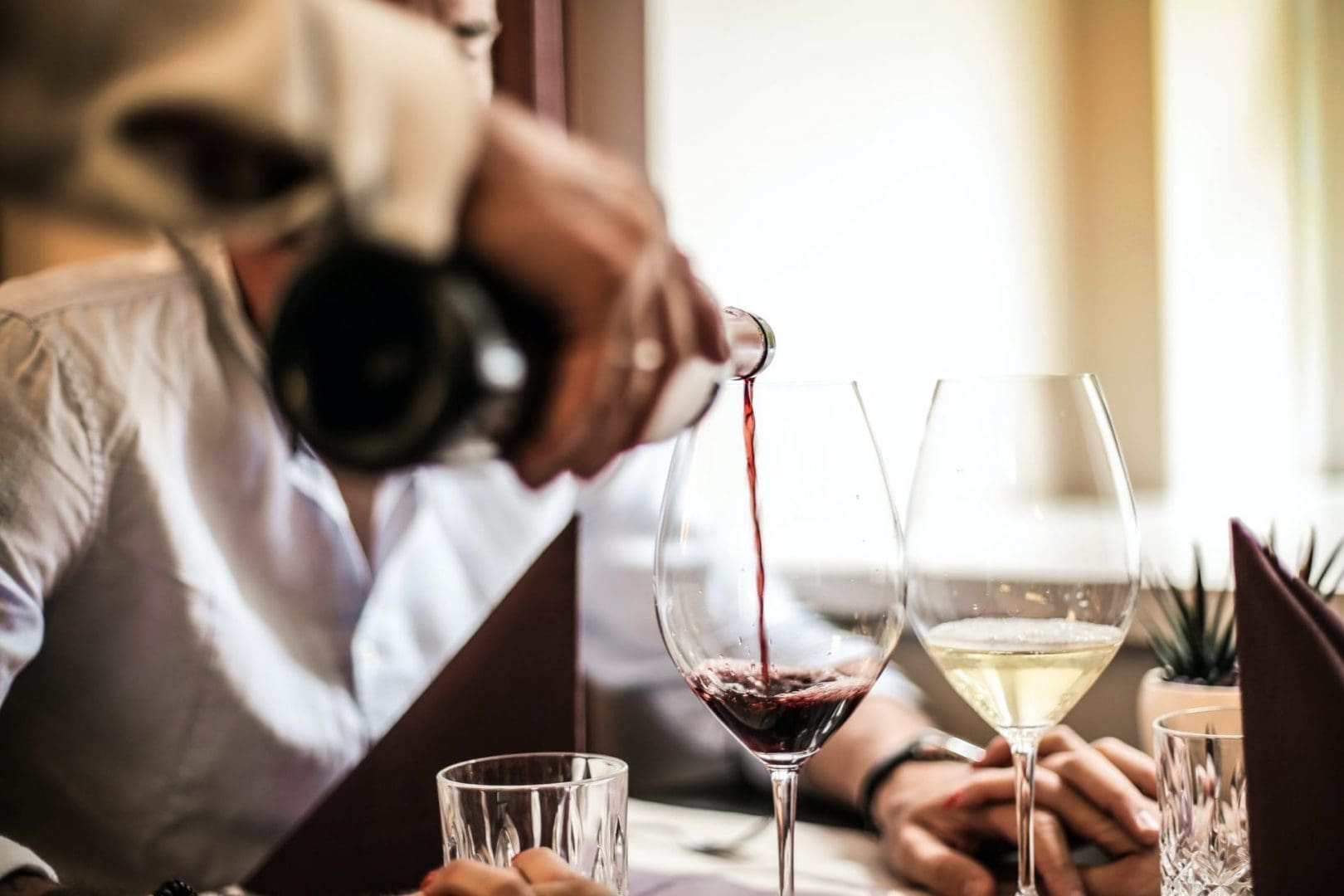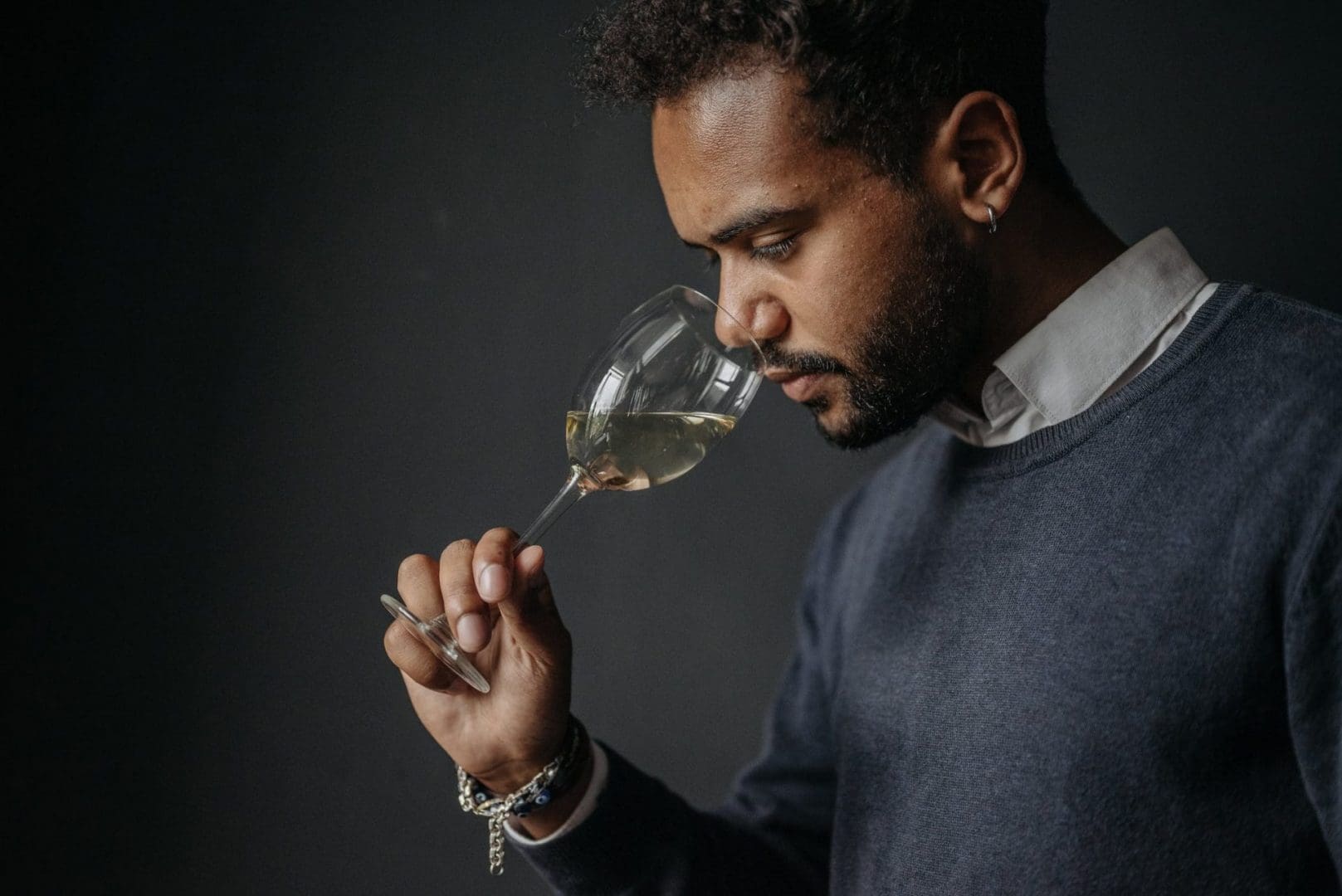How To Convincingly Be A Wine Connoisseur
Ever wanted to feel like something other than a fraud when a sommelier shows you a bottle or gives you the opportunity to swirl the glass and give it a whiff? We’ve got you covered, welcome to the five-minute masterclass where we’ll show you how to not only act, but also BE a professional at judging, drinking, and enjoying wine. Our first tip is that after imbibing, don’t immediately announce to the room “TASTES LIKE CRUSHED GRAPES” because you’re immediately denying every other punter in the room the opportunity to make the exact same joke.
Here are the five easy steps that will act as your gateway to being a wine conniosseur:
Sight

First off, you’re going to see the wine in front of you. Hold the glass to the light and tilt it slightly. Is it clear or cloudy? (You want it to be clear). The colour of the wine will vary from bottle to bottle; young reds are typically bright red, raspberry coloured and darken to a shade similar to a brick as they age. White wines range from pale green to yellow and age to become more and more golden.
Holding A Glass
This may seem borderline insulting but there are right and wrong ways to hold a wine glass and sound reasoning for each. Always hold a glass by its stem rather than the bowl as the heat of your hand warms the liquid and affects the entire tasting experience. Pinch the stem, don’t cup the bowl. This also prevents fingerprints around the bowl. Red wines do benefit from warming as it releases aromas but white wines lose citric notes if warmed. Stemless glasses are – should be – exclusively for red wines.
Swirl
Swirling is an extension of breathing a wine. Swirling exposes the wine to more oxygen and releases more aroma and taste. This is also called agitating the wine. The act of swirling the wine also results in tendrils of liquid running down the inside of the glass. These are the ‘legs’ of the wine and offer an insight to the alcoholic level of the wine.
Smell

Tilt the glass in and inhale. Remember that 80% of our sense of taste actually comes from our sense of smell. Move your nose from inside the glass to about an inch or so above the rim and comment on what you detect. The top of the glass holds the more fruity tones while the deeper parts of the glass hold the richer. Mention words like ‘woody’, spicy’, ‘floral’, and discuss the intensity and appeal of these. The more relevant adjectives the better, but don’t go overboard. You don’t want to seem arrogant, after all.
Taste
Sip the wine first, letting the liquid spread across your tongue, front to back and side to side. Take another, bigger sip and as awkward as it sounds, try to suck some air through your teeth whilst holding the wine in your mouth. This further aerates the wine and releases yet more flavours and aromas. You should be able to confirm your previous assessments at this point. Upon swallowing, be sure to note the aftertaste, or the ‘finish’.

